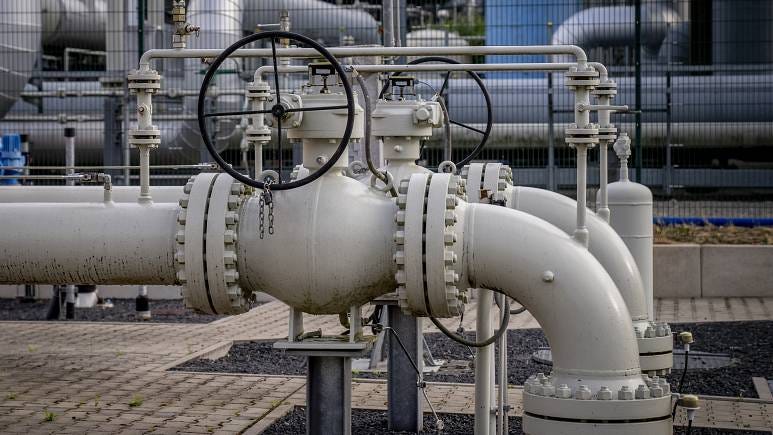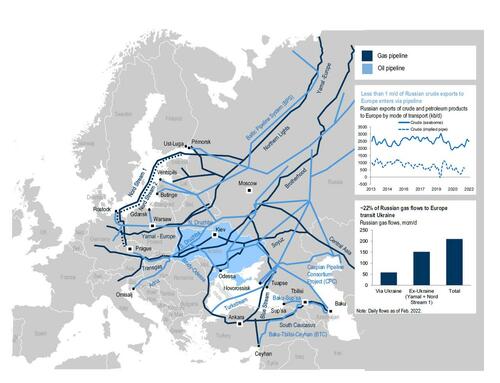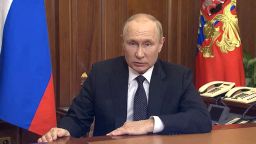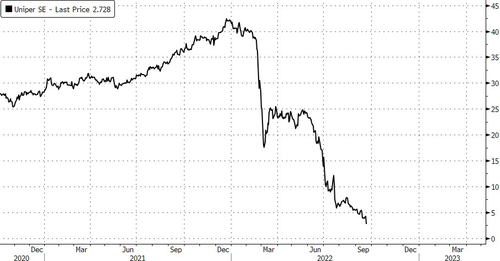Joe Nolan, the CEO of Eversource, said a shortage of natural gas poses a serious health and safety threat.
Nolan sent a letter to President Joe Biden in which he said something needed to be done to avoid a shortage this winter.
In the letter, Nolan said rolling blackouts could be a solution that many customers might see.
While New England energy companies warned about rolling blackouts in the past, Nolan claimed this season might be different.
“I am just concerned that if we get a polar vortex or cold snap in the region, that will not be enough fuel for the electric generating units in the area to supply electricity for our customers,” he said.
He said Eversource has roughly 20 days’ worth of supply in tanks for emergencies. However, the war in Ukraine has impacted the company’s ability to get the extra supply of natural gas it would need in a weather crisis.
Nolan said he has been working to remedy the situation. He offered four proposals to Biden, including a waiver from the Jones Act.
“There is an awful lot of liquified natural gas that’s down in the gulf that we could access if we get relief from the Jones Act, which would allow a foreign flag vessel to go to the gulf and fill up and come to the northeast and deliver liquified natural gas, which right now we are not allowed to do,” Nolan said.
…click on the above link to read the rest…



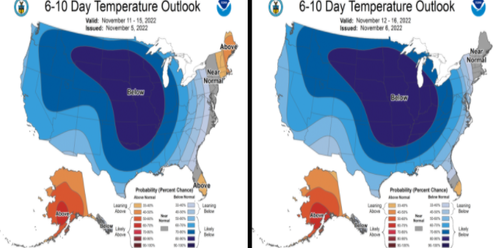
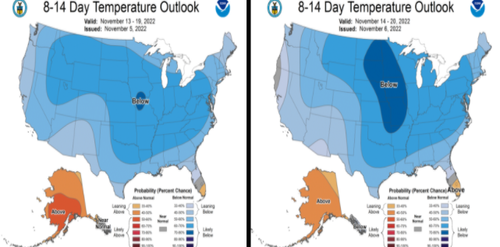
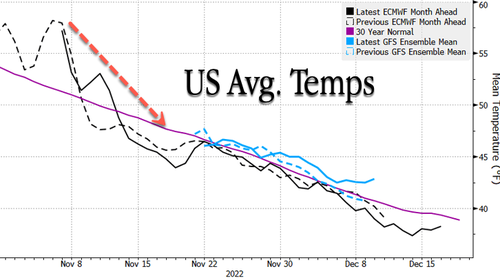

 Preface. This post is a book review of Be Wilson’s Swindled. From Poison Sweets to Counterfeit Coffee – The Dark History of the Food Cheats.
Preface. This post is a book review of Be Wilson’s Swindled. From Poison Sweets to Counterfeit Coffee – The Dark History of the Food Cheats.


